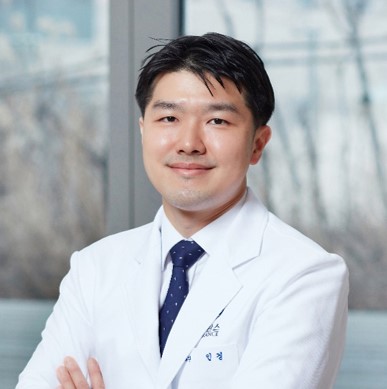
Changes in clinical and nutritional profiles of pediatric liver transplantation patients: Results after a multidisciplinary team intervention
Yechan Ryu1, Ji-Man Kang2, Hong Koh2, Keum Hwa Lee2, Myoung Soo Kim1, Kyong Ihn1.
1Department of Surgery, Yonsei University College of Medicine, Seoul, Korea; 2Department of Pediatrics, Severance Children's Hospital, Yonsei University College of Medicine, Seoul, Korea
Background: Pediatric liver transplantation (PLT) constitutes a challenging surgical technique with reported complication rates between 10-30%. In order to achieve the best outcomes for children and teenagers who underwent PLT, a multidisciplinary team (MDT) of pediatric specialists is needed. Our center started the first multidisciplinary pediatric solid organ transplantation program in November 2016 in Korea, comprised of surgeons and pediatricians specializing in pediatric surgery, transplantation surgery, hepatology, nephrology, and infectious disease. Since the initiation of MDT protocolized viral titer monitoring and prevention strategy were adopted, and protocolized replacement of fat-soluble vitamins, zinc, and serum iron to support patients’ qualitative development. We aimed to study the impact of implementing multidisciplinary outpatient clinics for PLT recipients from the perspective of clinical and nutritional changes.
Methods: We performed a retrospective analysis of PLT patients from 2012 to 2021 (n=100). We compared clinical features and outcomes of one-year patient follow-up between patients who had received the MDT approach (n=59, MDT group) and normal standard follow-up as a control (n=41, pre-MDT group).
Results: There was no difference in number of emergency department visit (1.23 vs. 1.37 per year, p = 0.643) or readmission rates (1.88 vs 1.75 per year, p = 0.192). The 1-year overall survival rate was higher in MDT group (84.6% vs. 72.9%, p = 0.553). During one year of follow-up for PLT patients at ages 0 to 1, patients in the MDT group gained more height than those in the pre-MDT group (9.8 vs. 17.2 cm, p = 0.026). Among patients with MDT, serum 25-hydroxy vitamin D increased by 28.1 ng/mL at the last follow-up compared to immediately after surgery (range 4.4 - 67.3 ng/mL, median 24.9 ng/mL, p < 0.001).
Conclusions: Management by a multidisciplinary team caring for PLT patients is critical to assure optimal outcomes from the perspective of survival and quantitative and qualitative growth development.